By Evan Samborski
Through dangerous gamesmanship of its nationalism policy by mixing concessions with brutally underhanded tactics to manage competing national projects, the Austrian-Hungarian Empire cultivated a great deal of conscription units from the territory of Galicia prior to, and through World War One. The course of dedication to state service would provide both the Ukrainian and Polish national projects unique footing and would profoundly shape corresponding national trajectories through the inter and postwar era. Both nationalities, however, were fundamentally marked by a great deal of initial allegiance to the Austrian-Hungarian state.
In terms of composition of nationalities, one analysis in 1865 had given Poles and Ruthenians almost 18% of the total strength of the Northern Imperial army with Ruthenians compromising the majority. This was an enormous amount of respective manpower and dwarfed even the Magyar representation in the Northern Army, which stood at approximately only 6%.
However, the Austrian-Hungarian Empire became de jure a dual monarchy after the compromise of 1867. Official state policy had to remarkably pass in dual parliamentary systems before becoming policy of the crown. And while army organization had fell under the direct control of the Emperor, it was divided into three equivalents: Hungarian Landwehr, Austrian Landwehr, and a jointly fielded Common Army.
One the eve of WW1 an almost equal amount of Poles and Ukrainians were in the Austrian-Hungarian Common Army registers, with Poles now composing a razor thin majority. This was despite the well documented over representation of Poles in the Austrian bureaucracy. That is, if the common army was reflective of the overall trend in conscription of nationalities for the Empire, the imperial military was one of the few institutions where both Ukrainians and Poles had at least a surface level of comparable representation in terms of service.
Loyalty to the Austrian state from the Ukrainians stemmed to a great degree from the abolishment of obligatory labor to the estate (the Corvee) in 1848 – by in large the biggest economic concession to Galician and Bukovinian Ukrainians as an agrarian class in the 19th century. Despite attempted national uprisings by the Polish nobility, a large underclass of Galician Poles in the empire remained unsympathetic to a popular national revival before the end of the Great War. Many Poles enjoyed comfortable positions in the civil administrative apparatus of Austrian Galicia.
This is not a completely exhaustive list but through 1914 Galician units of the Austrian military (by majority of Polish/Ruthenian ethnic representation) consisted of the following;
Common Army – 9 of 11 Imperial-Royal Uhlan (light calvary) regiments:
1st Galician Uhlans (Ritter Von Brundermann’s)
2nd Galician Uhlans (Prince of Schwarzenberg’s)
3rd Galician Uhlans (Archduke Carl’s)
4th Galician Uhlan’s (Emperor’s)
5th Ukrainian-Croatian Uhlans (Emperor Nicholas the 2nd of Russia’s)
6th Galician Uhlans (Emperer Joseph II’s)
7th Galician Uhlans (Archduke Franz Ferdinand’s)
8th Galician Uhlans (Count Auersperg’s)
13 Galician Uhlans (von Bohm-Ermolli’s)
Upon examining the names of the 5th and 7th we can get get a glimpse into how seemingly paradoxical the imperial state behavior around nationality was. One unit drawn of Ukrainians and Croats was named after the head of the chief rival power, and another was named immediately after the Archduke Ferdinand himself. In fact, the 7th did not have a historically fixed title for their regimental name, but they would personally stand guard at the Archduke’s funeral in 1914 – highlighting the loyalty of the Galicians to the Austrian leadership.
Austrian Landwehr – 3 of 6 Imperial-Royal Uhlans :
1st Landwehr Uhlans (Lemberg)
3rd Landwehr Uhlans (Rzeszow)
4th Landwehr Uhlans (Olmutz)
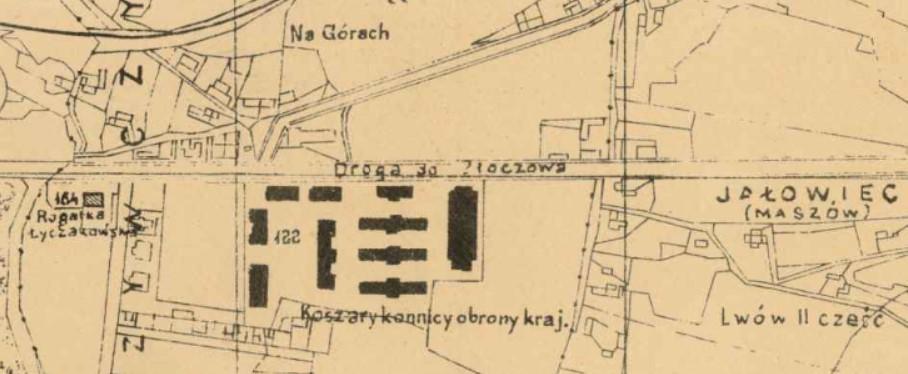
Austrian Landwehr – Infantry Regiments:
16th Imperial-Royal Landwehr Infantry Regiment (Krakow)
17th Imperial-Royal Landwehr Infantry Regiment (Rzeszow)
18th Imperial-Royal Landwehr Infantry Regiment (Przemysl)
19th Imperial-Royal Infantry Regiment (Lviv)
20th Imperial-Royal Infantry Regiment (Stanislau)
22nd Imperial-Royal Infantry Regiment (Czernowitz/Kolomea)
32nd Imperial-Royal Infantry Regiment (Tarnow)
33rd Imperial-Royal Infantry Regiment (Stryj)
34rd Imperial-Royal Infantry Regiment (Jaroslau)
35th Imperial-Royal Infantry Regiment (Zloczow/Tarnopol)
35th Imperial-Royal Infantry Regiment (Kolomea)
From the Common Army fielded in 1914-1918 Galician-Bukovinian regiments fielded approximately 25 of 132 infantry and light infantry regiments, or approximately just over 5% of the total infantry strength of the common army. A list of those units can be found here: Austro-Hungarian Infantry 1914-1918
But while Austria-Hungary managed to maintain a fairly serviceable portion of Ukrainians in the wartime period, the structure of military organization reflected the position of the Polish in Galician society, where officers of Galician units were by far Polish. This experience of Poles as leaders in the military apparatus may have proven invaluable in Polish victories under Józef Piłsudski in the Polish-Ukrainian, and later Polish-Soviet wars. These men were in many ways the bedrock of the Second Polish Republic.
Ukrainians did gain a unit during the course of the war which served as a marker of the coming ethnically homogeneous Galicia: the exclusively Ukrainian unit of the Sich Riflemen. This unit would serve in the Austrian Landwehr during the early period of the war and is citied by many historians as the mother unit which to which much of organization of the Organization of Ukrainian Nationalists-Bandera Faction (OUN-B) can be traced.
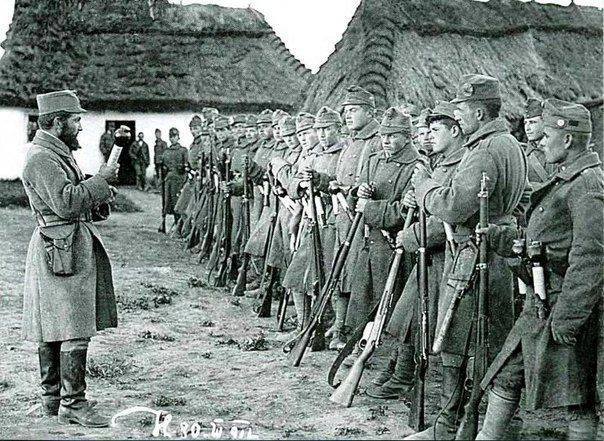
Sources:
Lohr Eugene Miller, “Politics, the Nationality Problem, and the Habsburg Army, 1848-1914”
“The Habsburg Military,” GlobalSecurity.org
“Imperial and Royal Uhlans,” Wikipedia.
Militarstatisches Jahrbuch fur Das Jahr 1911 (Vienna, 1912). pp. 146-147, 196-97.
Austro-Hungarian Infantry 1914-1918
“Ukrainian Sich Riflemen,” Encyclopedia of Ukraine.
“Imperial-Royal Landwehr,” Wikipedia.

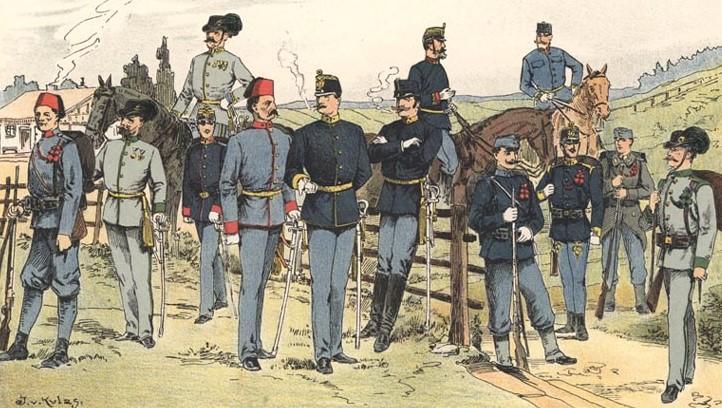
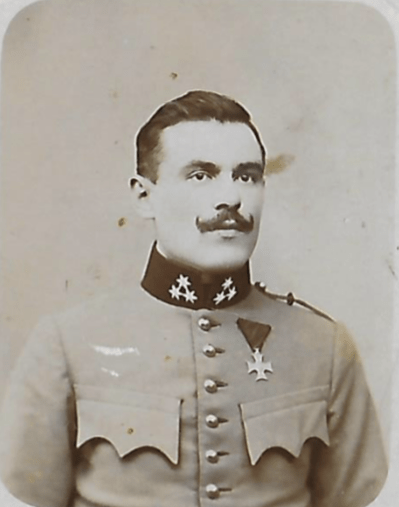
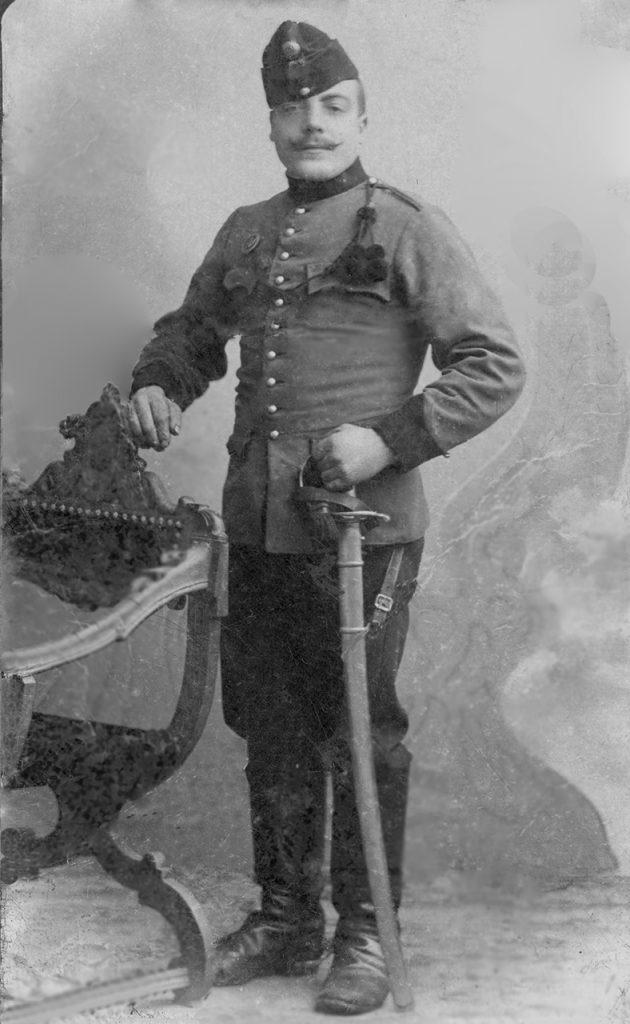




Hello I would like to talk to the author of this paper! My great grandfather was in the 2nd Uhlan regiment in 1877 when he got married and before. It seems his family moved from Galicia, Nienadowka, to Germany, to Russia, to Zolkiew now Ukraine. How can I trace his military activity?
Hello Bonnie,
You should find out if your great grandfather had military ties in these other states. It wasn’t uncommon for military professionals from Austrian Galicia and Russia to switch state allegiance depending on the circumstances. I can give numerous examples but I would point to this tradition beginning under Catherine the Great, who was more ambivalent to a professional, not registered, administrative class. Her policies echoed into the Austrian state, which acknowledged several noble patents from Russia under her rule. Numerous noble families were recognized to have a de jure, professional, not state, allegiance.
Dear Evan Samborski,
My grandfather was the son of Poles and was born in 1894 in Buddy Ossowskie, Wolyn.
We are certain that he participated in the First World War, but unfortunately we have no record of which regiment he may have served in, could you tell me in which direction I look? In the general archive of the Polish army his data does not appear, but I think he may have been in some Polish Army regiment who stayed abroad or similiar.
I would apreciate any help or advice from your side.
Best Regards,
Viviana
Hi Viviana,
Very nice to hear from you. Regarding Volyn one should remember it fell under Russian state control in 1795 until the end of World War 1. My knowledge of the record system is that these will be held seperately from Warsaw. I can say perhaps records would be in Minsk, Wilno, Moscow. I know there is also the parish of Dederkaly-Velkiy which has quite a large amount of details among these types of families. And there are some loosely associated refords in Zhitomir regarding pre-partition ties as well.
I would suspect he would be in the occupation as an attache or auxillary officer. It is possible Volyn Poles served along Baltic units. But remember the Russians served a crippling defeat at Tannenburg relatively early in the war resulting in I believe to be the largest transfer of captives in the conflict. He may have ended up in Weimer Germany or Polands Western territories if he survived the conflict.
Dear Evan Samborski,
My great uncle served with the 20 kaiser-koniglichen Schutzenregiment (20th Imperial-Royal Infantry Regiment) during World War I; My great grandfather was also a World War I combat veteran, and probably served in the same regiment, since they both originated from Stanislau region (Tyśmienica and Kołomyja).
I’m trying to locate their military records and history, and would be most grateful for any guidance to start my online research.
Best regards
Nir
Hello Nir,
I would start by developing a research outline regarding three components in this case since they will tie in. Stanislav is now known as Ivan-Frankovisk.
1. The personal record (birth, marriage, baptism, church, spiritual rite)
2. Military record (unit, division, battallion, platoon, rank)
3. Place and origin (city, town, parish, urban area or commune).
Hopefully this helps!
Create an account on familysearch.org (note your records will be retained by the LDS Organization, use a pseudonym if you wish). But they have LOTS of records and their records often point to archives where other records are stored.
Cheers,
Evan
Evan Samborski , my grandad was in the polish army from 1920-1929 and below is his service record during the First World War in the Austrian Army. Where would be the best place to try and find further information on his service.
Kindest regards,
Philip Ablethorpe
Military service before 01/11/1918:
• 01/08/1914 – 01/11/1914 1st Uhlan Regiment –volunteer
• 01/11/1914 – 01/12/1914 3rd Uhlan Regiment – volunteer
• 01/12/1914 – 01/04/1915 cavalry school
• 01/04/1915 – 01/05/1915 course (?)
• 01/05/1915 – 01/08/1915 as a platoon leader
• 01/08/1915 – 01/11/1915 3rd Uhlan Regiment; front; as a platoon leader
• 01/11/1915 – 01/01/1916 patient at the military hospital in Jaroslawiec
• 01/01/1916 – 25/01/1916 3rd Uhlan Regiment; as a platoon leader
• 25/02/1916 – 13/06/1916 3rd Uhlan Regiment; as a platoon leader
• 13/06/1916 – 01/04/1918 in captivity
• 01/04/1918 – 17/03/1920 Legia oficerska- officer legion
Hi Evan
My father Bela Baneth was in 101/71 muszos that’s all I know
He was born in Ujpest, Hungary
Can you help me find some information about him during the period
he spent in that Unit, as well as where it was located
Many thanks
Judy
Dear Evan,
I stumbled across you site searching for information regarding any Ulan regiments that might have been stationed in or near Denbica? My great, great grandfather Artur von Gelan was in an ulan regiment as an oberstleut. Do you have any pointers you would share?
Kind regards
Tania
Hello Evan,
I’m hoping you may be able to point me in the right direction. My grandmother’s brother, Andrew (Andreas/Andrzej) Mamak was born in Zalesie in Western Galicia (Limanowa County) and joined the Austrian Army in WW1. According to my grandmother, he was killed in action in Serbia; the town was called Cip.
I haven’t been able to find this location, any record of his service or a record of his death.
Any help is appreciated.
Greetings and thank you so much Evan for this eye-opening research and guidance. My great grandfather,a career officer (likely NCO) in the K&K was born in Jaroslaw, Galicia in 1861 and in later years lived in Vienna perhaps before and certainly after his retirement from the military (before being deported to Terezin, then murdered in Treblinka in 1942). I searched the Austrian national (staats) archive but could not find his military record. A senior archivist told me that after 1918 records of military service for those who were not citizens of the post-1918 Austria were eventually sent back to the successor states – Poland, Hungary, etc. Might you know something about where such records for a Galician born soldier with service pre-WWI, might be in Poland?
However, regarding Ms. Thomas’s query about her grandmother’s brother who fought in WWI, while I was at the Austrian national archives, the senior archivist brought out boxes and boxes (alphabetically by last name) of the WW I death records of members of the Austro-Hungarian Armies, regardless of place of origin. Perhaps Ms. Thomas could contact the Austrian State Archives for further assistance. I personally saw – and it was sad to see – records of young men from large cities and small villages from all over the Empire, from locations in what is now Poland, Romania, Ukraine, Czech Republic, etc. etc. Hope this helps.
Thank you for the fascinating and detailed information. My grandfather, who was Jewish, was from Ivan-Frankovisk, specifically from Peczenizyn, near Kolymea. We believe he was conscripted in about 1912 or 1914. One family member said he was in the cavalry because he had a horse. (Not confirmed.) In any case, it seems he was captured as a POW and spent at least six years in Siberia. He returned in 1920, married my grandmother, and immigrated to the U.S. We would like any insight you can provide, such as what regiment he might have belonged to, where in Siberia he might have been imprisoned, or anything else that would shed light on this skimpy history. The Joint Distribution Committee has records of some of the POWs from that period but his information was not among them. Thank you!